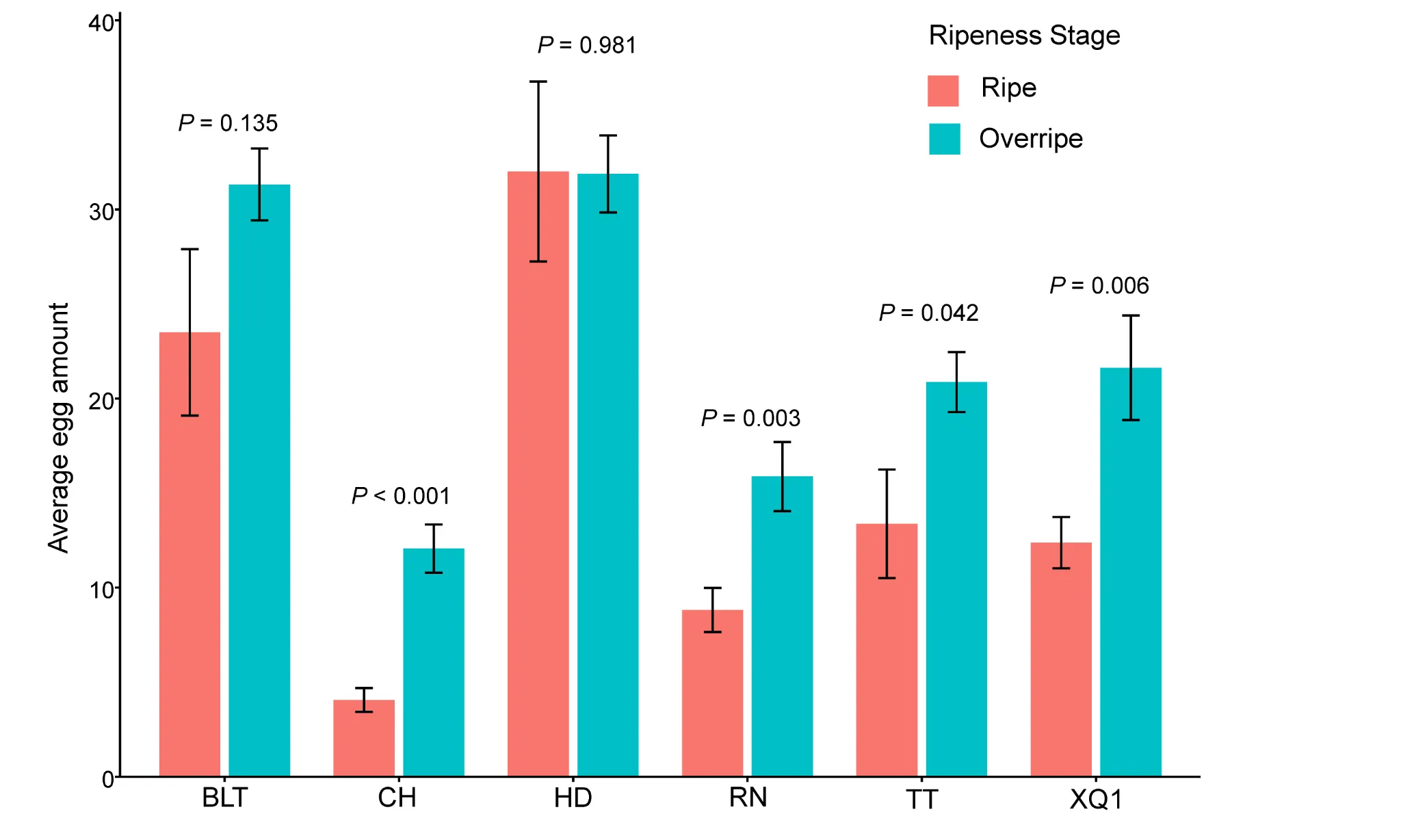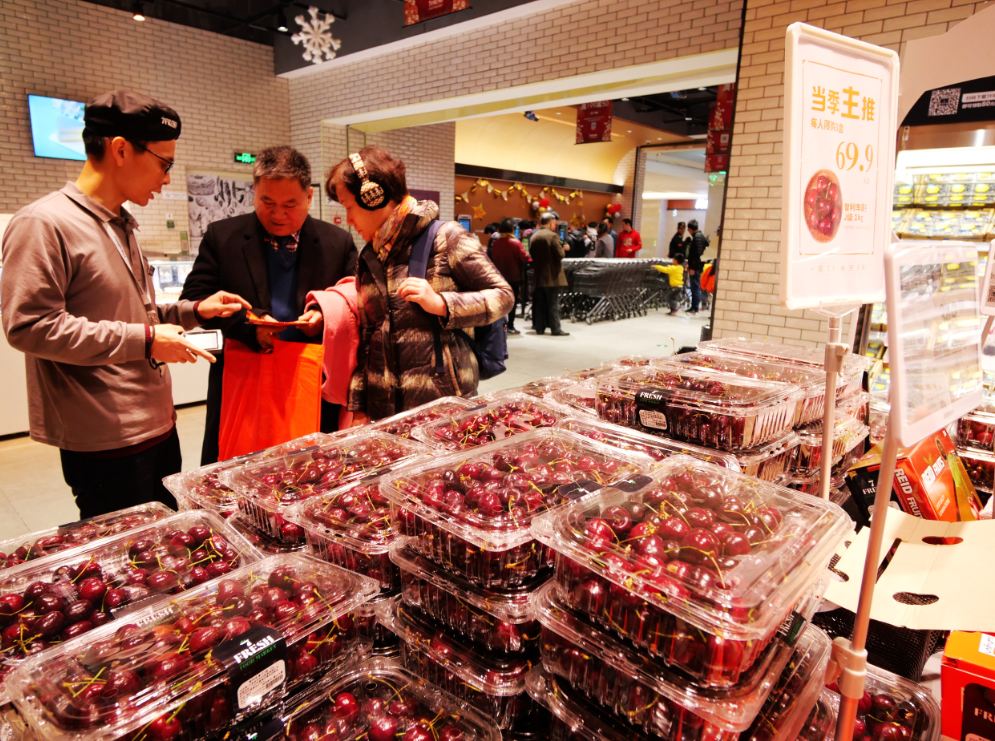Drosophila suzukii is one of the main pests affecting cherry trees, causing significant production losses. Egg laying is influenced by various fruit characteristics, such as fruit color and ripeness.
Previous studies have shown that D. suzukii can assess the suitability of available fruits based on the color each one reflects. Moreover, it has been observed that the insect tends to lay eggs on fruits with softer skins.
Finally, although certain quality parameters like acidity can influence larval development, they unfortunately do not have a significant impact on preventing the pest from reaching the adult stage. The study, conducted by four different institutes in China, analyzed the oviposition preferences of this fly across six different cherry cultivars (“Hongdeng,” “Tieton,” “Burlat,” “Xiangquan No.1,” “Rainier,” and “Caihong”), evaluating how the physical traits of the fruit—color, flesh firmness, and sugar content—influence the reproductive behavior and development of the species.
Results and observations
The results showed that the “Hongdeng” and “Burlat” cultivars were the most heavily infested, receiving the highest number of eggs in both choice tests (with free fruit selection) and no-choice tests (without selection). Specifically, “Hongdeng” recorded an average of 31.9 eggs per fruit in the no-choice tests and 32.4 in the choice tests, while “Burlat” received 31.3 and 27.6 eggs per fruit, respectively.
Oviposition preferences were closely linked to fruit color: darker cherries were systematically more attractive to D. suzukii. Fruit characteristics also influenced the fly’s developmental parameters.
“Hongdeng” supported the highest pupation (up to 0.89) and survival (up to 0.62) rates, suggesting that its features favor not only oviposition but also a higher likelihood of complete larval development.
 Figure 1. The non-choice oviposition of Drosophila suzukii on fruits of different cherry cultivars and at different ripeness stages. The p-values indicated in the figure represent the significance of the differences between the different maturity stages. p < 0.05 indicates a significant difference, while p ≥ 0.05 indicates no significant difference. The bar values in the column chart represent standard errors (SDs).
Figure 1. The non-choice oviposition of Drosophila suzukii on fruits of different cherry cultivars and at different ripeness stages. The p-values indicated in the figure represent the significance of the differences between the different maturity stages. p < 0.05 indicates a significant difference, while p ≥ 0.05 indicates no significant difference. The bar values in the column chart represent standard errors (SDs).
Statistical analysis and correlations
Statistical analysis revealed that color parameters such as lightness and chromaticity were negatively correlated with oviposition, while the CIRG color index—typical of more mature red fruits—was positively associated with both the number of eggs and pupation rates.
Fruit sweetness also showed a positive correlation with oviposition and development, while increased flesh firmness (firmer fruits) acted as a deterrent.
However, it is important to note that variation in larval growth and development parameters across the different cultivars was generally limited, except for some significant differences in the duration from egg to larva and in pupation rates.
Summary and practical implications
In summary, Drosophila suzukii shows a preference for darker, sweeter cherries with softer flesh. These findings confirm the common belief that decaying or riper fruits are more prone to infestation by fruit flies.
The study provides valuable insights into host selection by D. suzukii, contributing to a better understanding of the ecological mechanisms underlying the behavior of this invasive species.
Such knowledge is essential for developing targeted control strategies, potentially based on cultivar selection or the use of specific attractants, thereby improving integrated pest management in cherry orchards.
Source: Yang, F.; Sun, H.; Wang, Z.; Xie, J.; He, J.; Qiao, G.; Wang, J.; Wang, Y.; Wang, S. Oviposition Preference and Developmental Performance of Drosophila suzukii on Different Cherry Cultivars. Insects 2024, 15, 984. https://doi.org/10.3390/insects15120984
Source image: Yang et al., 2024; Le Matin
Melissa Venturi
University of Bologna (ITA)
Cherry Times - Tutti i diritti riservati













